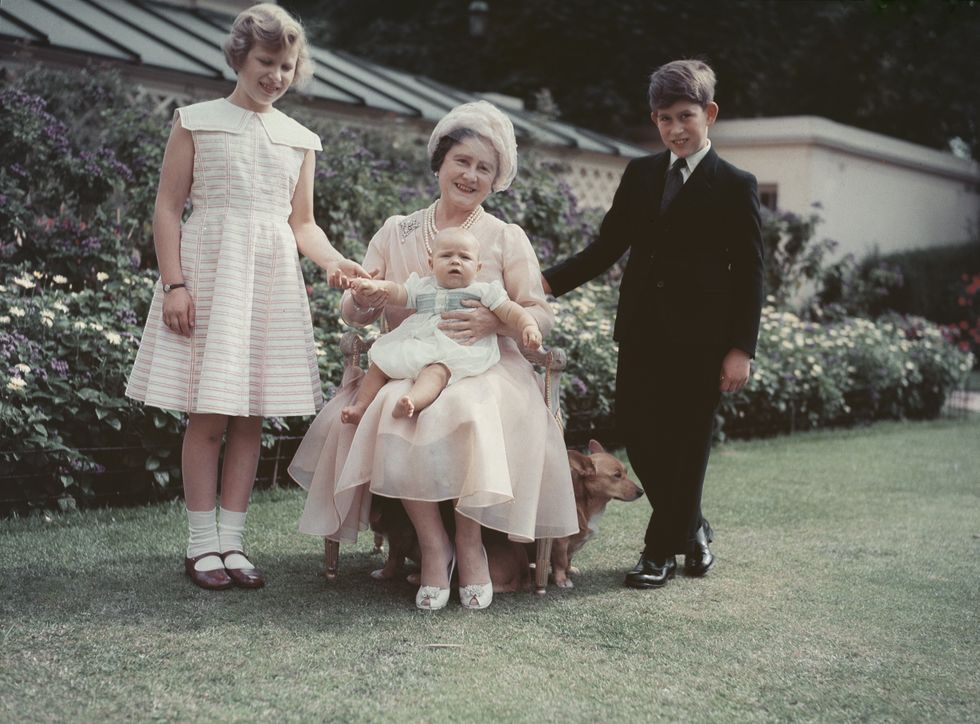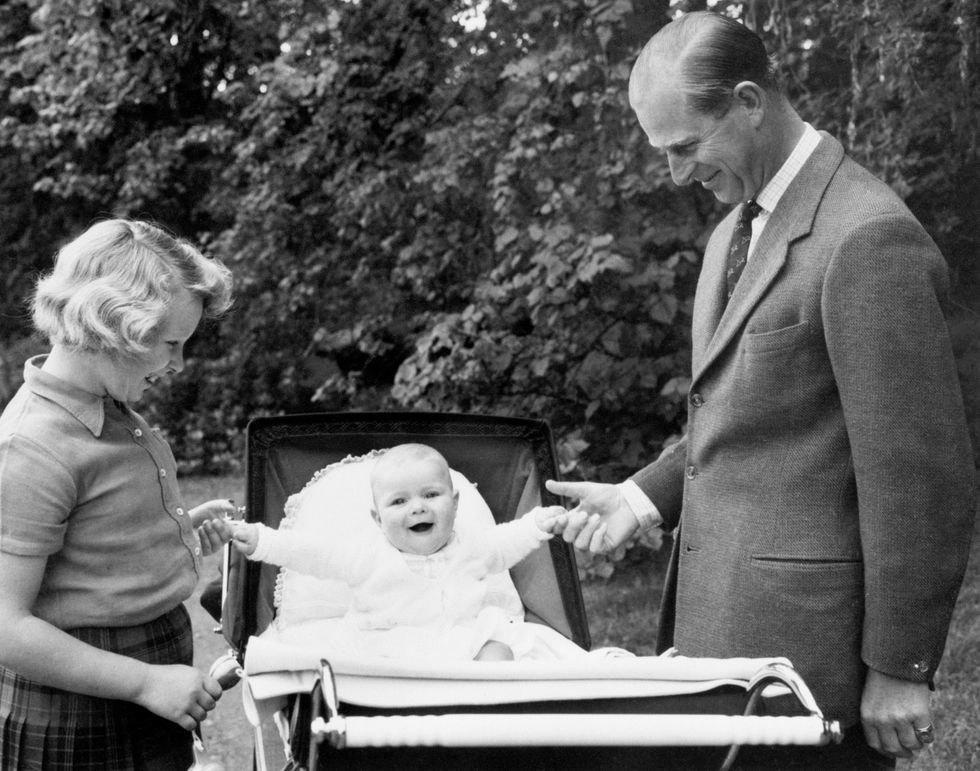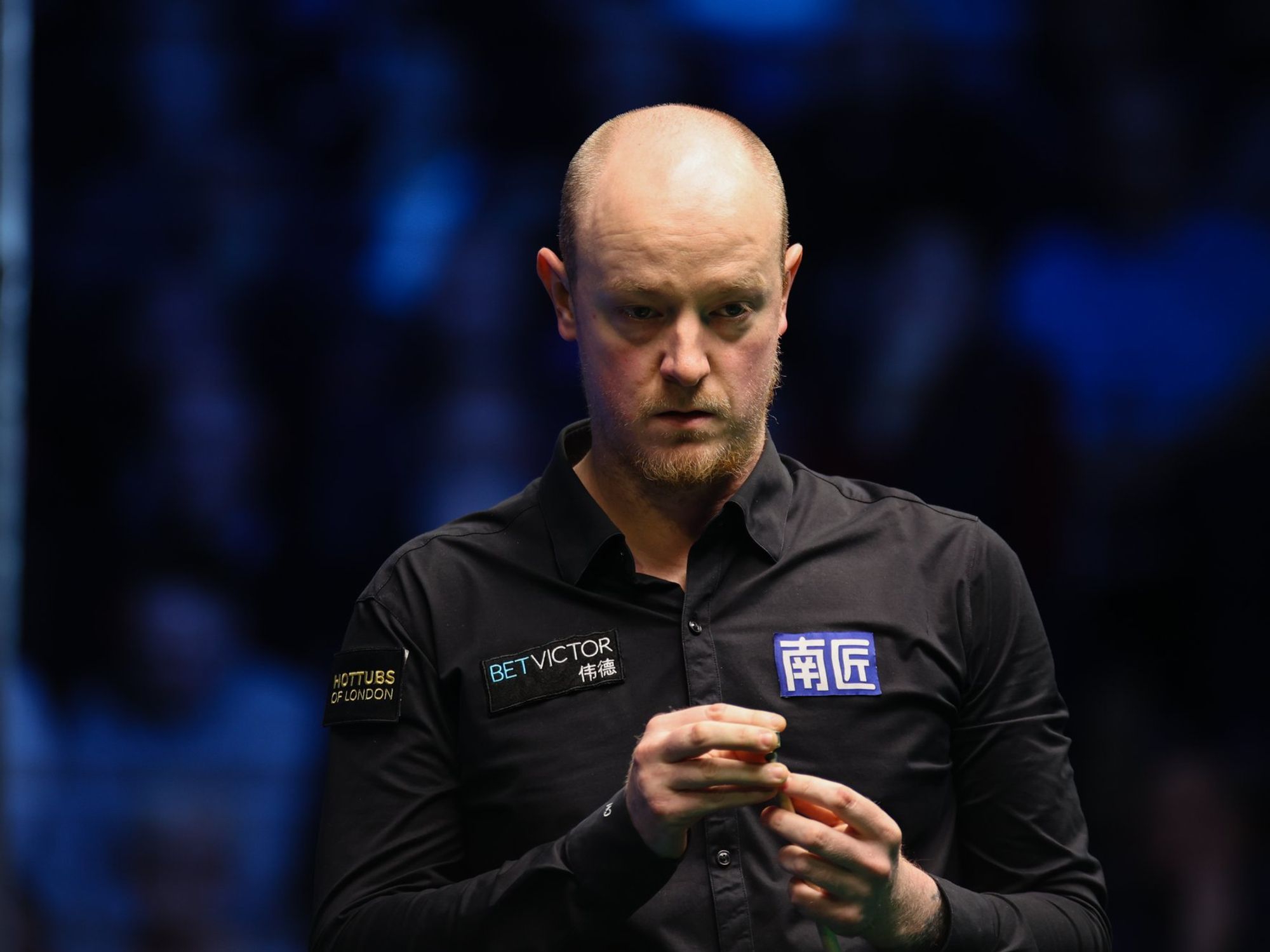Andrew Mountbatten Windsor name ‘could change again’ as Buckingham Palace document emerges

The historical document was issued over 60 years ago
Don't Miss
Most Read
Buckingham Palace could begin using the hyphenated surname Mountbatten-Windsor when referring to Andrew in future communications, following a review of Queen Elizabeth II's 1960 declaration to the Privy Council.
The Palace is understood to have examined the historical document which established naming conventions for royal descendants who lack formal titles.
The declaration, issued shortly before Andrew's birth in February 1960, stipulated that descendants without the style of Royal Highness or the dignity of Prince or Princess would bear the surname Mountbatten-Windsor.
This guidance has taken on renewed relevance following Andrew's loss of his Prince title, prompting Palace officials to reconsider how he should be formally referenced, according to the Times.

Andrew Mountbatten Windsor name ‘could change again’ as Buckingham Palace document emerges
|GETTY
The Queen's declaration, published in The London Gazette two weeks before Andrew's birth, modified her earlier 1952 pronouncement about the Windsor family name.
"My descendants other than descendants enjoying the style, title or attribute of royal highness and the titular dignity of Prince or Princess and female descendants who marry and their descendants shall bear the name of Mountbatten-Windsor," the declaration stated.
This amendment addressed concerns about surnames for members of the Royal Family without formal titles.
The timing proved significant, as Andrew became the first of Elizabeth II's children born after she acceded to the throne, making the naming convention immediately applicable to future generations.

Andrew Mountbatten Windsor with his older siblings and the Queen Mother in 1960
|GETTY
Royal historian Ian Lloyd expressed surprise at the Palace's initial announcement which omitted the hyphen from Andrew's name, considering the established historical precedent.
"I was quite surprised when the Palace statement came out giving Andrew's name without a hyphen, given the historic precedent for one," Mr Lloyd told the publication.
The historian referenced Prince Philip's frustration at being "the only man in the country not allowed to give his name to his children", which had made him feel like "nothing but a bloody amoeba".
Mr Lloyd suggested the late Queen's Privy Council declaration served as a solution to preserve the Mountbatten name for subsequent generations.

Andrew Mountbatten Windsor in his pram at Balmoral in 1960
|PA
"Despite everything that has gone on, I expect that Prince Philip might at least be pleased to know that the Mountbatten name lives on," Mr Lloyd added.
Official documents provide clear evidence of the hyphenated surname's usage within the Royal Family.
Princess Anne's marriage certificate from her 1973 wedding to Mark Phillips listed her full name as Anne Elizabeth Alice Louise Mountbatten-Windsor, demonstrating the convention's application.
 Andrew Mountbatten Windsor will move out of Royal Lodge after residing there for more than 20 years | PA
Andrew Mountbatten Windsor will move out of Royal Lodge after residing there for more than 20 years | PAMore recently, when Prince Harry and Meghan Markle's son was born in May 2019, his birth certificate recorded the name Archie Harrison Mountbatten-Windsor.
These examples establish a consistent pattern for members of the Royal Family who do not hold princely titles.
The Palace's acknowledgement that it has now reviewed the 1960 Privy Council declaration suggests future references to Andrew may incorporate the hyphen, aligning with established precedent.











